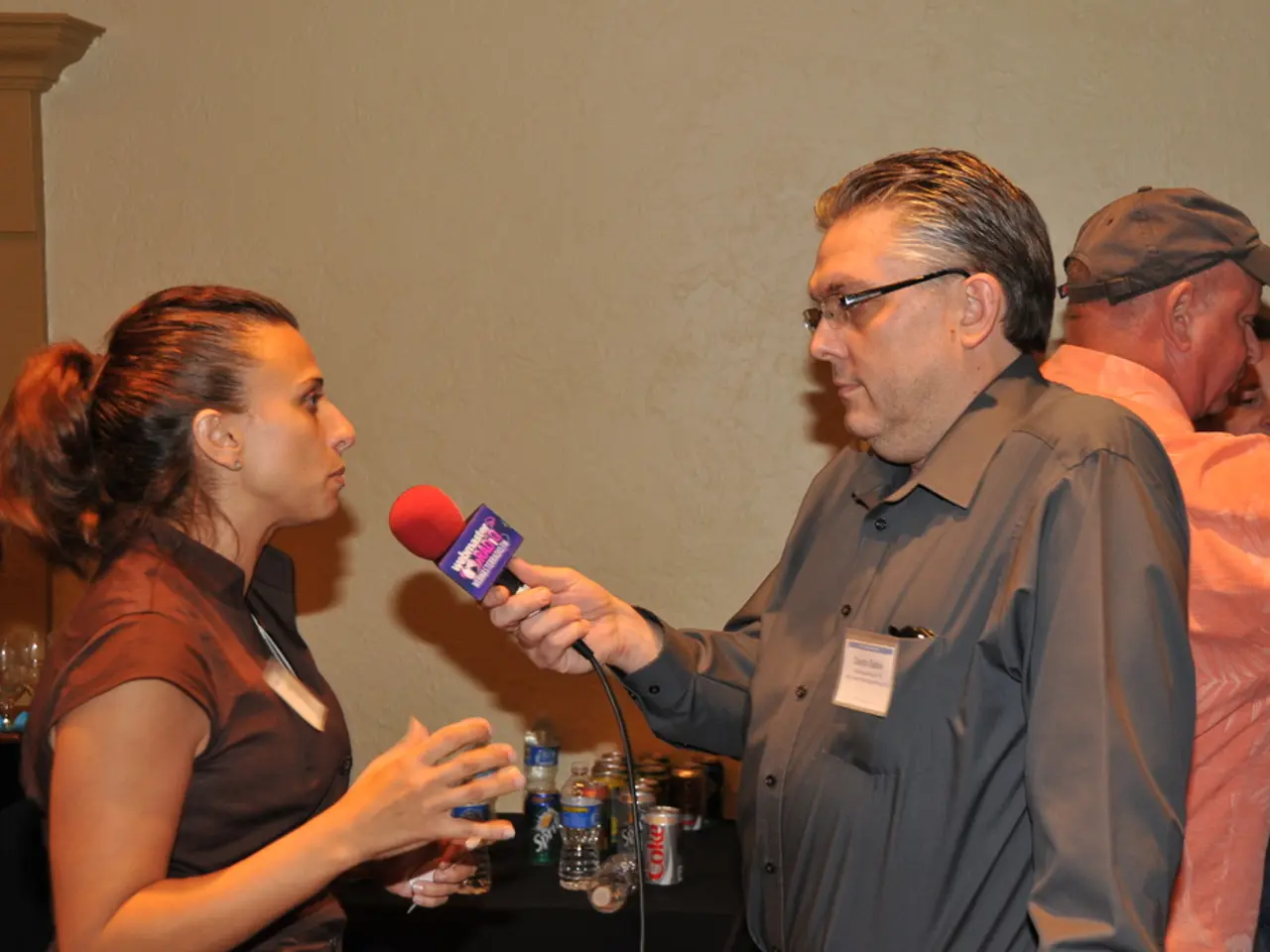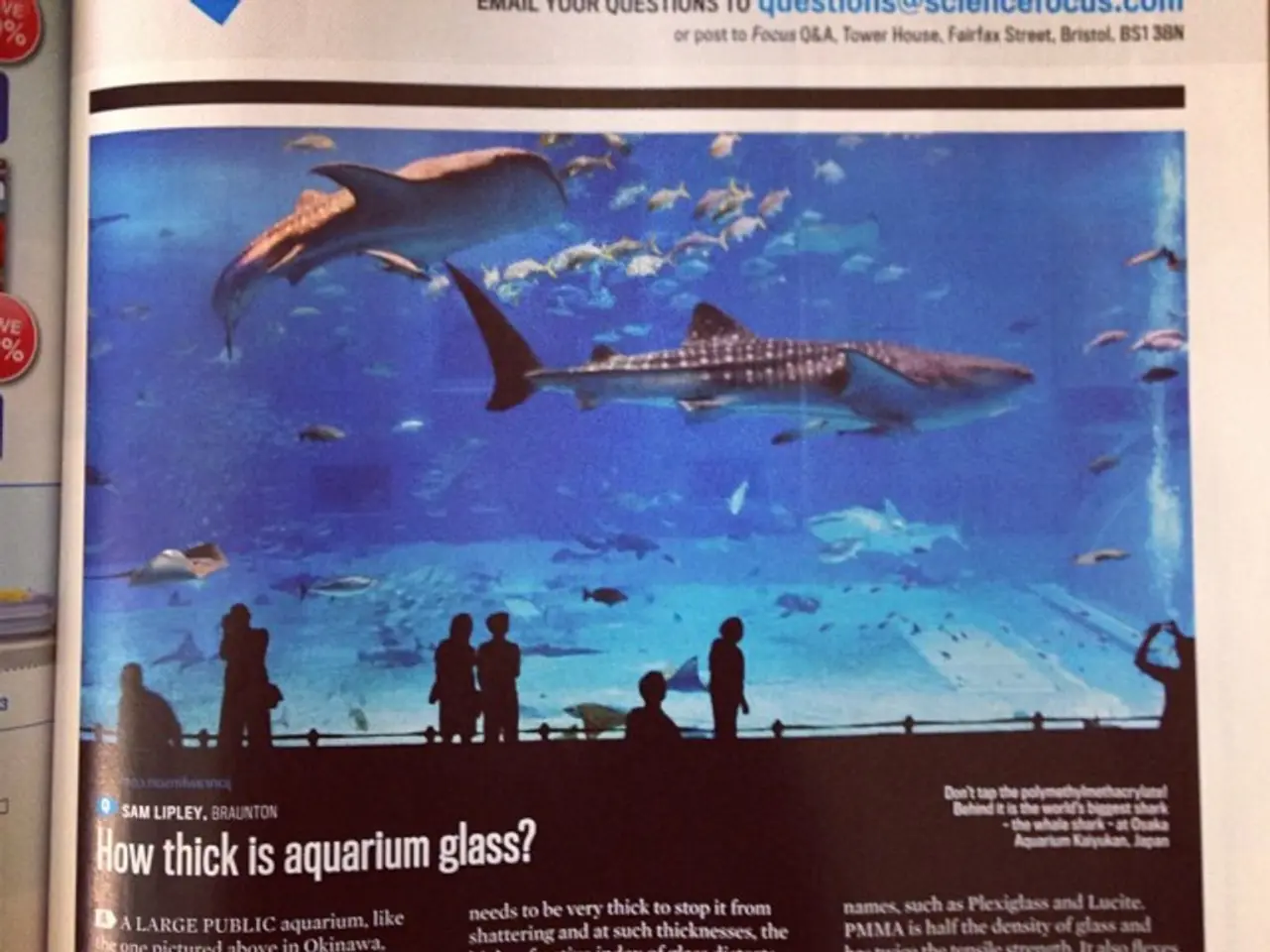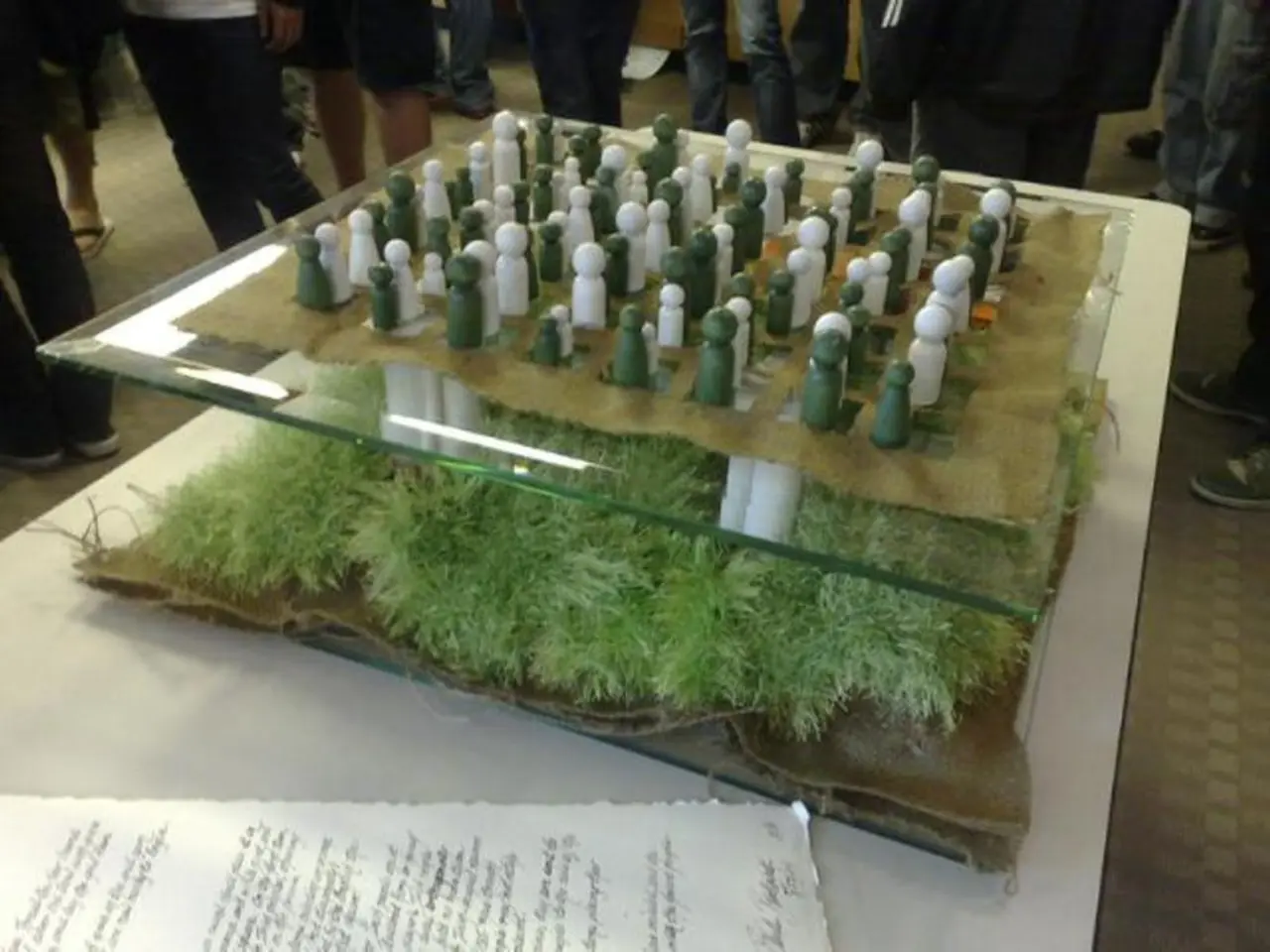Navigating Interviews with Substance: Strategies for Successful Engagements
In the realm of user research, **contextual interviews** have emerged as a powerful tool for understanding users within their natural environments. This approach, rooted in ethnographic and anthropological methods, has proven invaluable for design and UX professionals seeking to create user-centered solutions.
### A Rich History
The origins of contextual interviews can be traced back to the ethnographic fieldwork traditions, where researchers immerse themselves in users' environments to gain rich, contextual insights. This approach was adapted into design anthropology in the early 2000s, as designers recognized the value of anthropological insights for creating user-centered designs.
By the early 21st century, design anthropology crystallized these interdisciplinary methods into a design practice, emphasizing user-centeredness, contextual understanding, and a holistic approach. Contextual interviews became a central methodology, combining participant observation and semi-structured interviews on-site to capture authentic user behaviors and environmental influences on those behaviors.
More recently, contextual interviews have become part of continuous discovery practices in agile teams, where designers, product managers, and developers engage directly with users to maintain a shared, updated understanding of user needs and pain points, leading to iterative product improvements.
### Core Principles of Contextual Interviews
Conducted in natural environments, contextual interviews happen where the user actually performs the task, enabling researchers to observe environmental and social factors influencing user interactions. The semi-structured format allows researchers to prepare guiding questions but also adapt to insights revealed during the session.
Combining observation and dialogue, researchers not only ask questions but also observe behaviors, providing richer data about user needs and problems. Modern contextual research emphasizes consent, privacy, and respect for users, collecting only necessary data with transparency and user control. Cross-disciplinary team involvement is also a key principle, with stakeholders from design, product management, and development participating directly to align on user insights and accelerate decision-making.
### Application and Impact
Contextual interviews have revolutionized user research by moving beyond surface-level surveys or lab tests. They allow designers to discover unmet needs and pain points that users may not articulate without context, observe workarounds and environmental influences that shape user behavior, and design solutions that fit seamlessly into users' real-life workflows and contexts.
In sum, the history of contextual interviews reflects a broader evolution from anthropological field methods to agile, user-centered design practices that prioritize context, collaboration, and iteration to create meaningful, user-aligned products.
Dan Ritzenthaler, Senior Product Designer at HubSpot, underscores the importance of customer contact in design decisions, emphasizing the role of contextual interviews in this process. The contextual interview is an important part of the contextual design movement developed by Beyer and Holtzblatt, which focuses on understanding users within their contexts to create effective, user-centered designs.
During the introduction phase of a contextual interview, the researcher establishes trust and communication between themselves and the user, asking if the interview can be recorded and when recording should start/stop. Assurances regarding confidentiality of the user's data and permission to use the data anonymously are often offered to ensure a comfortable and open environment for the user.
With the advent of mobile internet, contextual interviews may now take place in a wider range of settings and scenarios, making it easier for researchers to understand users in their natural environments. As we continue to innovate in the field of user research, contextual interviews will undoubtedly remain a crucial method for uncovering valuable insights and creating user-centered solutions.
User research often leverages contextual interviews, as they provide invaluable insights into users' lifestyles and usability of a product within their natural environments. These interviews, rooted in ethnographic and anthropological methods, contribute significantly to education-and-self-development by nurturing a deeper understanding of users' needs, challenges, and behaviors.
By adapting contextual interviews to mobile devices, technology furthers the capacity for researchers to conduct user research effectively, fostering continuous improvements and user-centered solutions across various industries and contexts.




